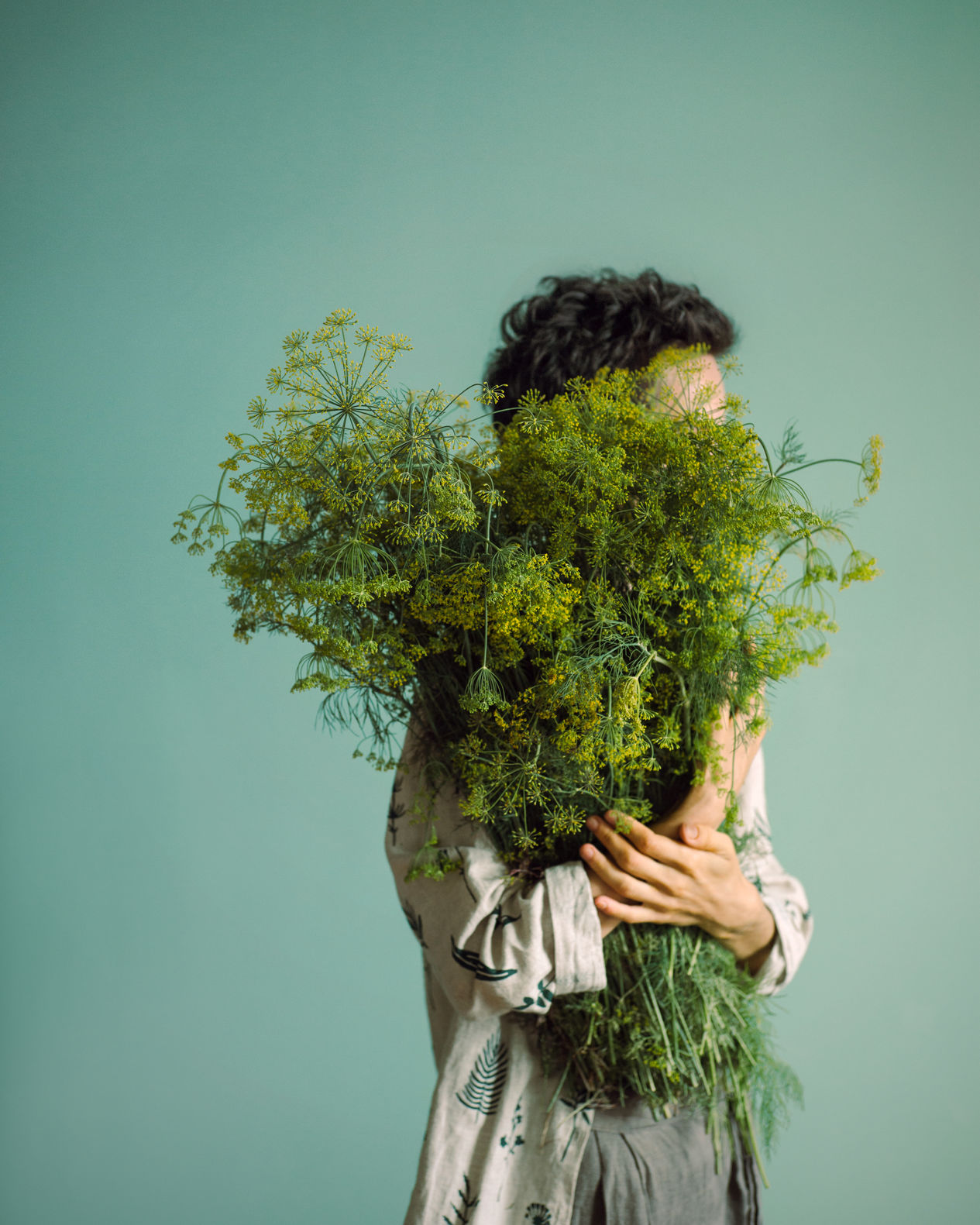When thinking of the best food to photograph, it can help to start photographing food that sparks personal joy, love and excitement. Whether it be to capture the scent of fresh basil leaves, the taste of sweet clementines or the warmth of soft homemade bread – we all have a favourite food that springs to mind.
Aside from this, it could be said that some foods naturally photograph better than others. For example, if we photographed a bowl on a table filled with fresh apples and then a bowl filled with cooked white rice, we would probably find that the apples photograph better than the rice.
Whilst this is subjective, let’s explore some of the best foods to photograph and the reasons why the apples could stand a better chance of producing a better photograph than the cooked rice.
KNOWLEDGE OF FOOD
There is so much to learn about food. Simply knowing what produce is in season will not only serve your taste buds but it could also help bring your food photography to life.
Throughout the year different fruits, vegetables and meats are cultivated and produced according to the seasons. Ultimately this means that during the year some foods are better tasting, more widely available and better looking than foods that are out of season.
A crab sandwich by the sea on a June afternoon; a slice of roast goose with apple sauce and roast potatoes on Christmas Day; hot sausages and a chunk of roast pumpkin on a frost sparkling night in November.
Nigel Slater, The Kitchen Diaries Volume i
As a starting point, here are a few foods from each season that could be perfect subjects for experimental food photography. You should find all of them to be vibrant, sprightly, beautiful and delicious when purchased within season. Most would make great subjects in their raw form however, recipes using these ingredients could also look fantastic such as a smattering of pomegranate seeds over a salad or roasted artichokes with parmesan.
SPRING
- Kale
- Rhubarb
- Asparagus
- Peas
- Radishes
- Mint
- Basil
- Runner Beans
- Watercress
SUMMER
- Strawberries
- Peaches
- Gooseberries
- Aubergine
- Artichoke
- Beetroot
- Plums
- Raspberries
- Sweetcorn
- Garlic
AUTUMN
- Apples
- Blackberries
- Butternut Squash
- Pumpkin
- Pears
- Leeks
- Wild Mushrooms
- Pomegranate
- Chestnuts
WINTER
- Brussel Sprouts
- Parsnips
- Walnuts
- Brazil Nuts
- Oranges
- Cauliflower
Having awareness of the seasonal food calendar can also be particularly helpful for content creators within the food industry. Posting relevant food content which aligns with the seasons, whether it be recipes, articles or stock photographs could be more engaging for your audience and portray a responsible and helpful approach to the food industry.
When taking the earlier example of apples versus rice, we know that apples are in season in the UK throughout Autumn and Winter – more specifically from October to December. However, as rice is considered an annual plant it doesn’t really have a specific season so it will look and taste the same pretty much all year round.
Rice when cooked, also loses dimension and almost absorbs light due to its texture. Whereas apples can be buffed to shine and reflect light easily creating contrast and dimension.
However, it’s not to say photographing cooked rice will always look “bad” but rather it can be more challenging compared to something like apples if you are wanting to showcase your best food photography.
COLOURFUL FOOD
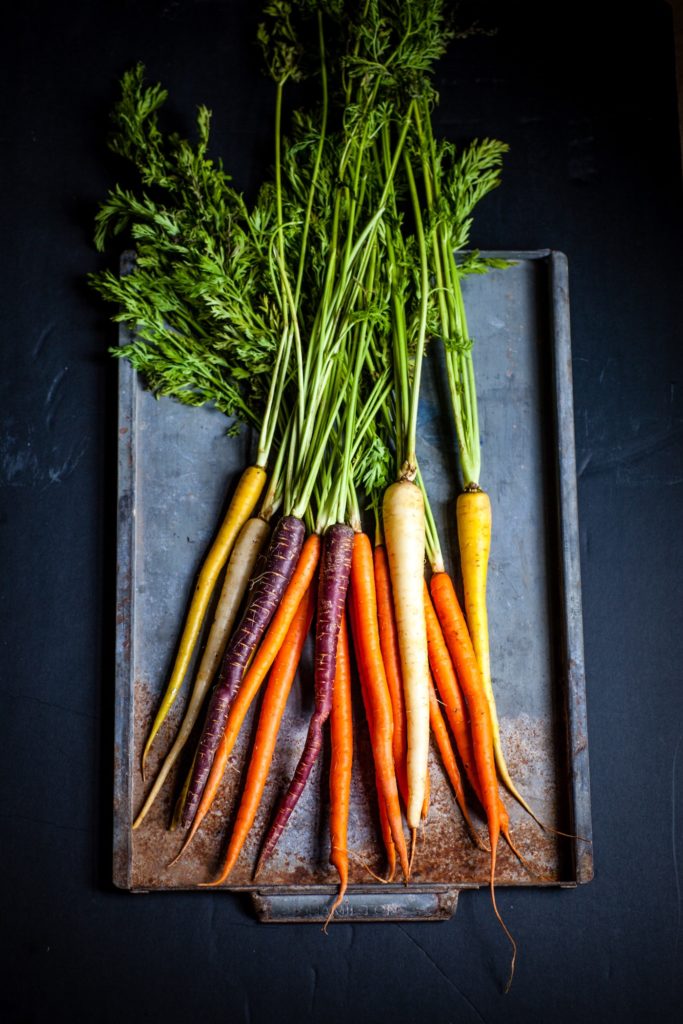
Shards of hot pink rhubarb, the deep greens of leafy vegetables, the warm earthy tone of turmeric and the bright yellow pop of egg yolks.
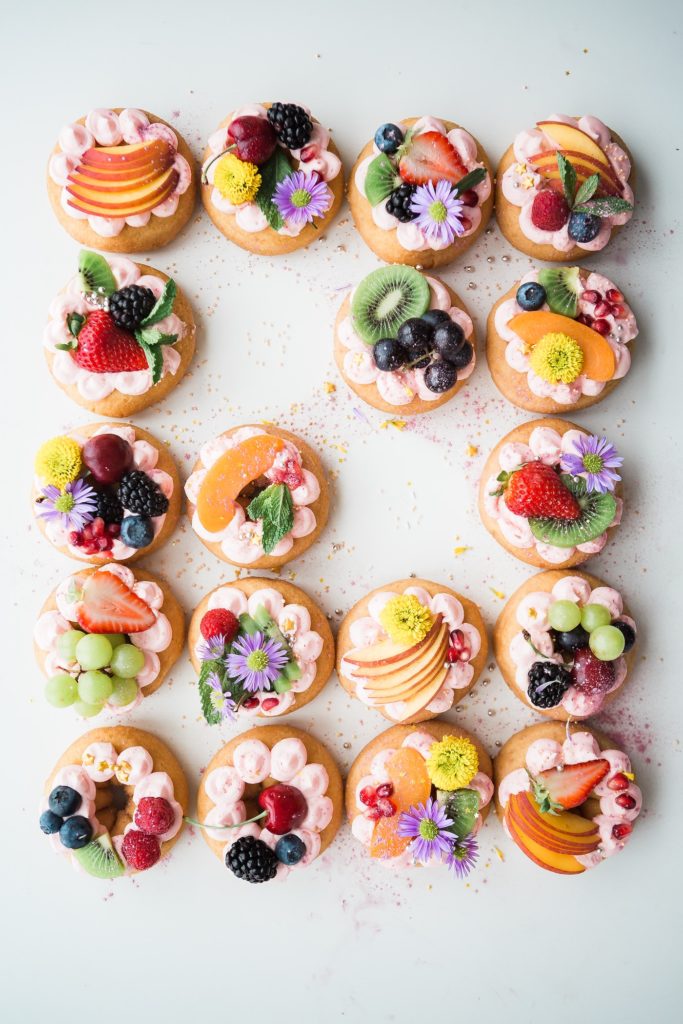
Colourful foods are simply great subjects to photograph and can be a simple place to begin. The most colourful foods within our diets are fruit and vegetables – not forgetting other treats such as sweets, drinks, iced cakes, doughnuts and decorated biscuits.
Colourful foods could be seen as the best foods to photograph as they are almost “easier” to photograph due to the way they respond to good lighting and how they can capture our attention.
A beautiful bright strawberry could look wonderful against pretty much any contrasting background colour and a camouflage theme can also make for a hugely attractive photograph.
Capturing standalone ingredients is usually considered easier for beginners as it allows the photographer to concentrate on exposure, angles, composition and lighting.
FOOD TEXTURE
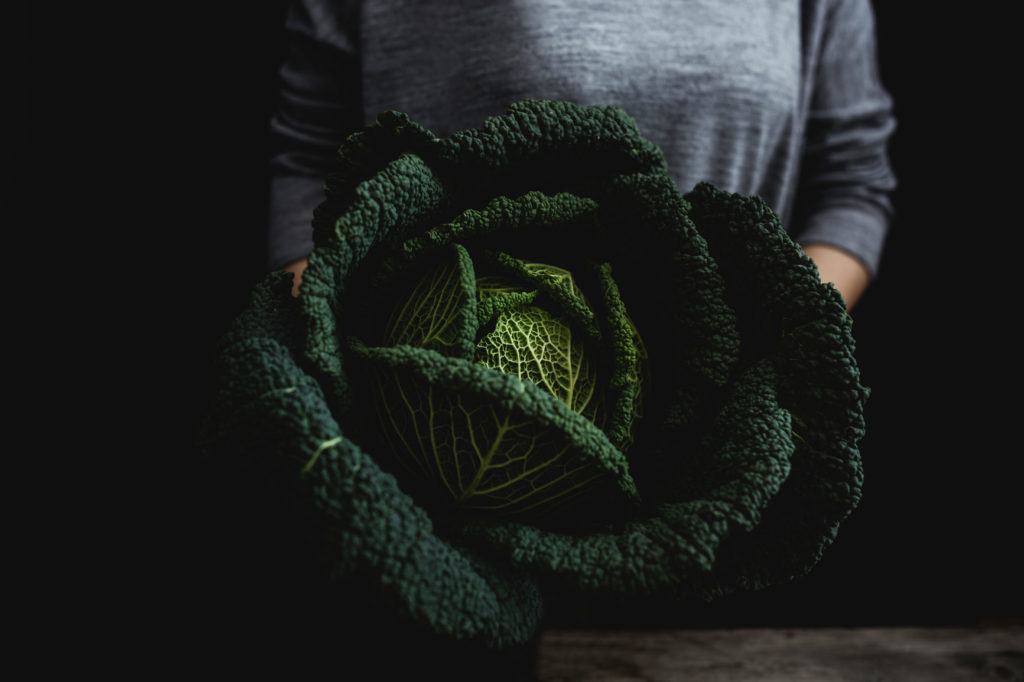
Runny honey, crispy dried apple slices, rough grains, silky chocolate and fine powdery spices.
Having focus on texture within a food photograph can elicit a great response, as texture itself can be something extremely evocative and thought provoking. Exploring the texture of food in person, perhaps when visiting a food market, can be a wonderful experience in itself and help get creative juices flowing. Perhaps noticing things like shiny speckled eggs, veiny dried bay leaves or the pillowy softness of marshmallows.
Using a macro lens such as the Canon EF 100mm 1:2.8 will capture great detail, allowing texture to become the hero of the image.
RAW FOOD
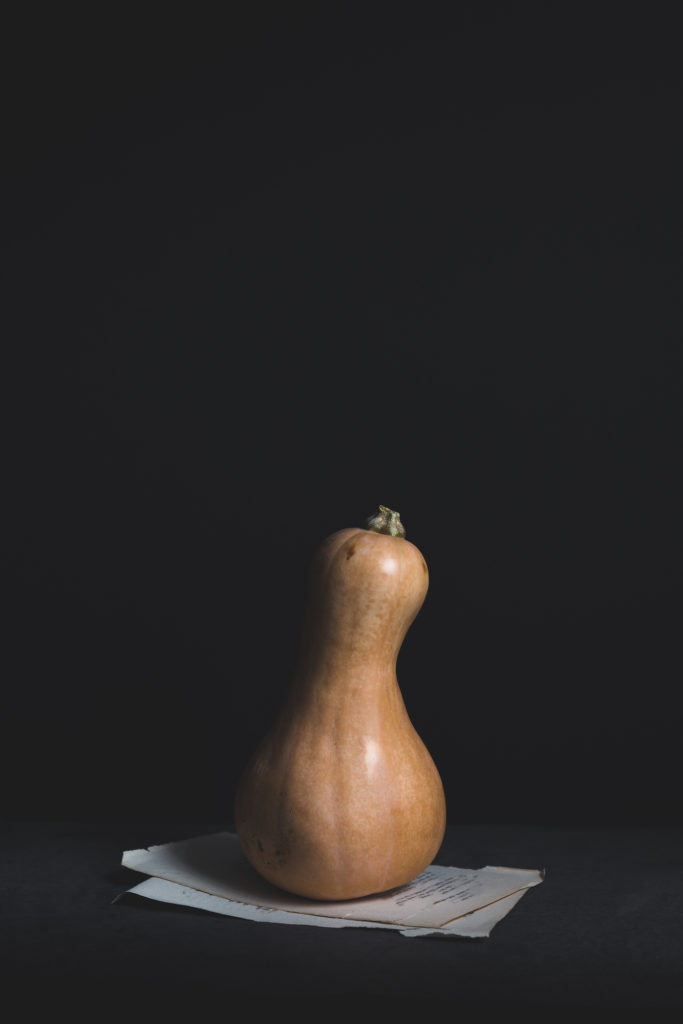
Blushing pink salmon, quirky shaped butternut squash, glossy raw eggs and freshly sliced red onion.
Some foods can not only look more attractive when in their raw state, but also make for a much more interesting photograph.
If we take a salmon fillet as an example, when raw, it is a beautiful shade of pink with shiny silver scales and is fleshy in texture. When cooked, the shade of pink is subdued, the scales lose definition and it becomes flaky in texture.
When deciding on what food to photograph sometimes thinking of the food in all of its forms can help form a decision on when it will look it’s best. For the most part, raw food can evoke a sense of preparation and humbleness which can translate into compelling storytelling.
COOKED FOOD
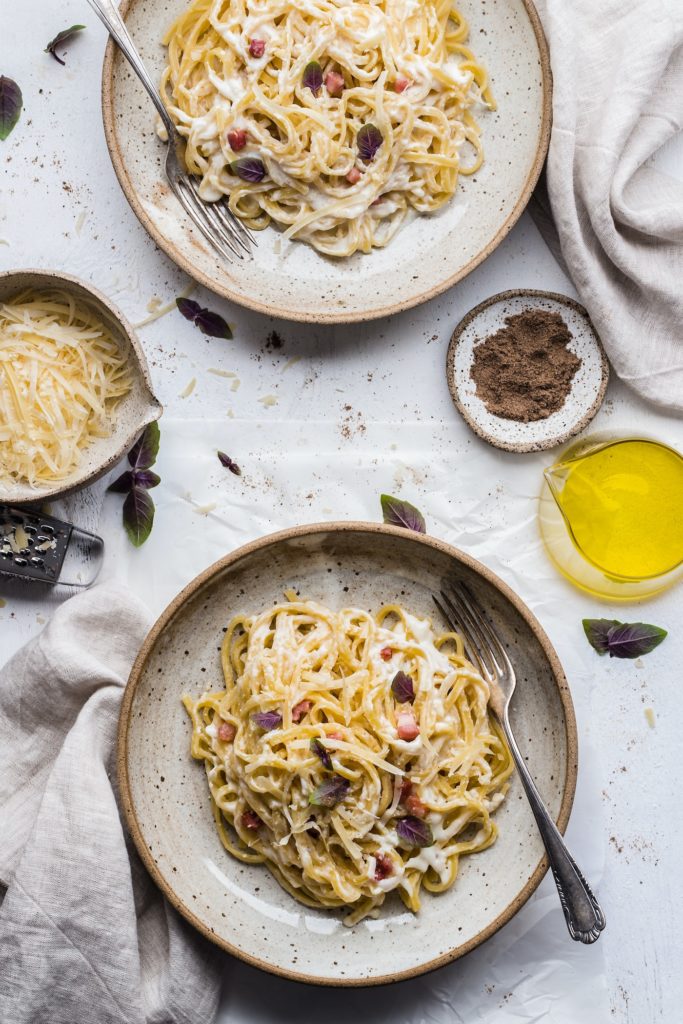
Sticky glazed carrots, steaming hot pasta dishes, freshly baked cookies or charred roasted vegetables.
One of the delights about photographing cooked food is you can take advantage of capturing your own mealtimes throughout the day – perhaps on a quiet weekend.
Cooked food when photographed well, will almost definitely appeal to any audience. It is arguable going to encourage the most sensual response from the viewer igniting smell and taste.
Ingredients such as fresh herbs, nuts and condiments can be used to add interesting layers to cooked food for example a sprig of rosemary, a scattering of pumpkin seeds or a dollop of fresh yogurt are all great additions to a food photo.
If you are a recipe developer, you could inspire your audience to actually make your recipe, by creating a beautiful photograph of your finished cooked meal or bake.
PLAYING WITH YOUR FOOD
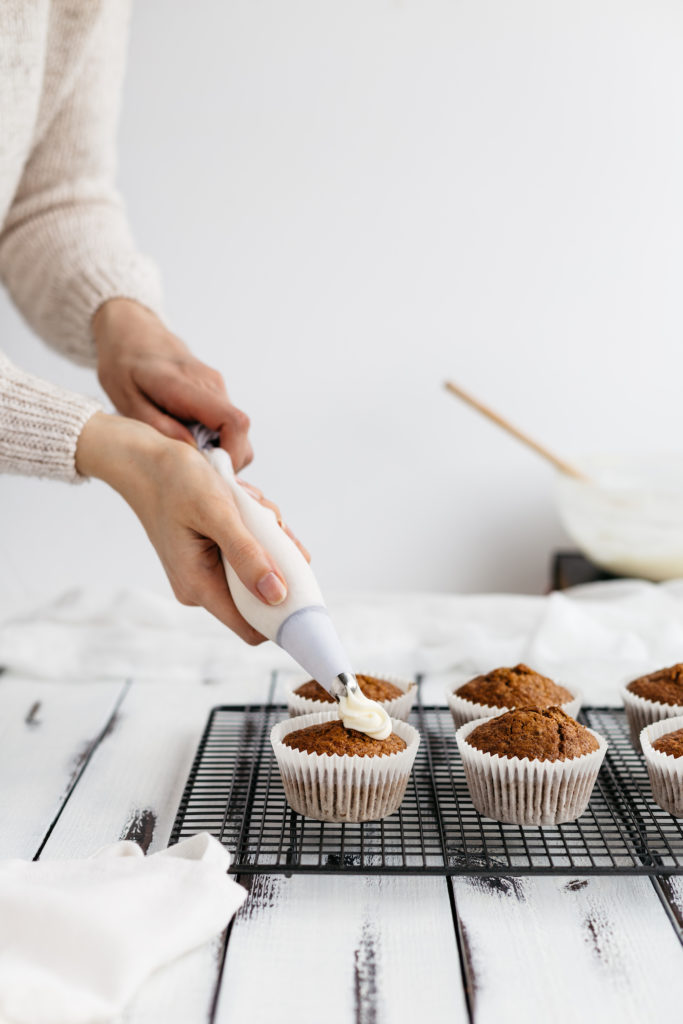
Dipping strawberries into melted chocolate, dusting homemade cakes with icing sugar, slicing a fresh loaf of bread or sprinkling seeds over a summer salad.
You might want to consider adding movement and life into your food photography to explore how this can contribute to a great photograph. Ingredients that can be either drizzled or poured such as olive oil and melted chocolate are great starting points. Likewise, anything small that can be sprinkled or dropped from a height such as seeds or sugar can add another interesting dimension.
A faster shutter speed will also allow for freeze framing motion and a wider lens such as the 50mm or 35mm should capture a lifestyle food scene fully.
Homemade food can also allow for more ideas and flexibility. For example, if you decide to make a cake at home, you can capture preparation shots such as mixing together ingredients or scenes of the finishing touches such as piping buttercream icing or dusting the cake with icing sugar.
FESTIVE FOOD
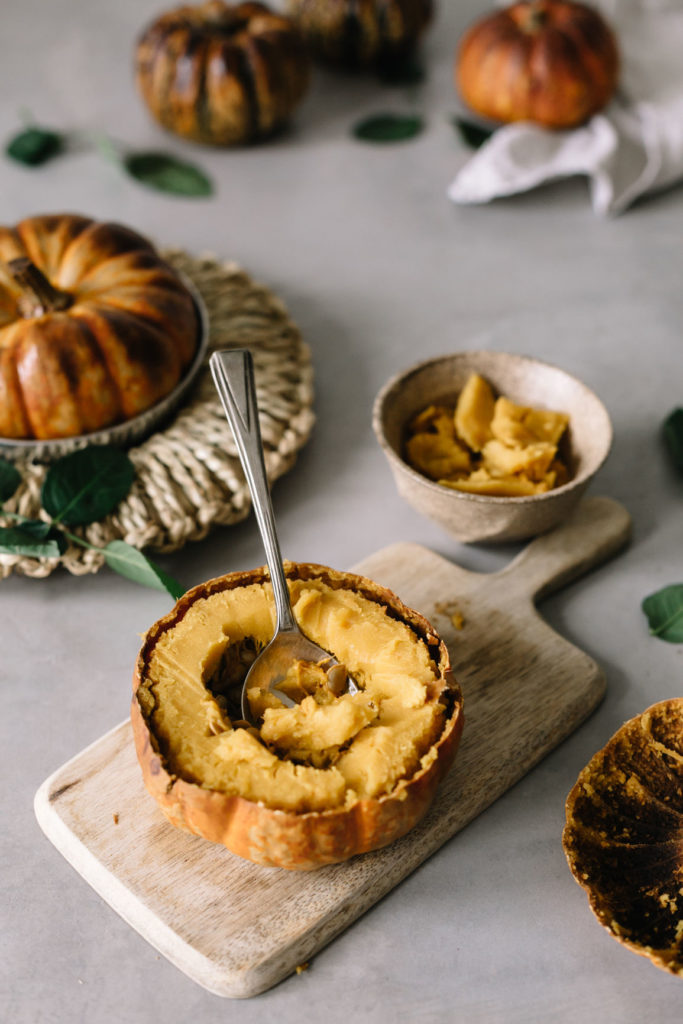
Easter eggs, Thanksgiving dinner, Christmas gingerbread houses and New Year celebratory cocktails.
The yearly calendar can be especially useful to not only keep up to date with what foods are in season, but to follow the food festivities and special occasions that take place around the world.
Some of the most exciting food photographs can be inspired and created during Easter, Halloween, Thanksgiving, Christmas and the New Year celebrations to name but a few. Intricately decorated gingerbread houses and lavish spreads for Thanksgiving supper will undoubtedly capture an audience’s attention especially when published during these holidays.
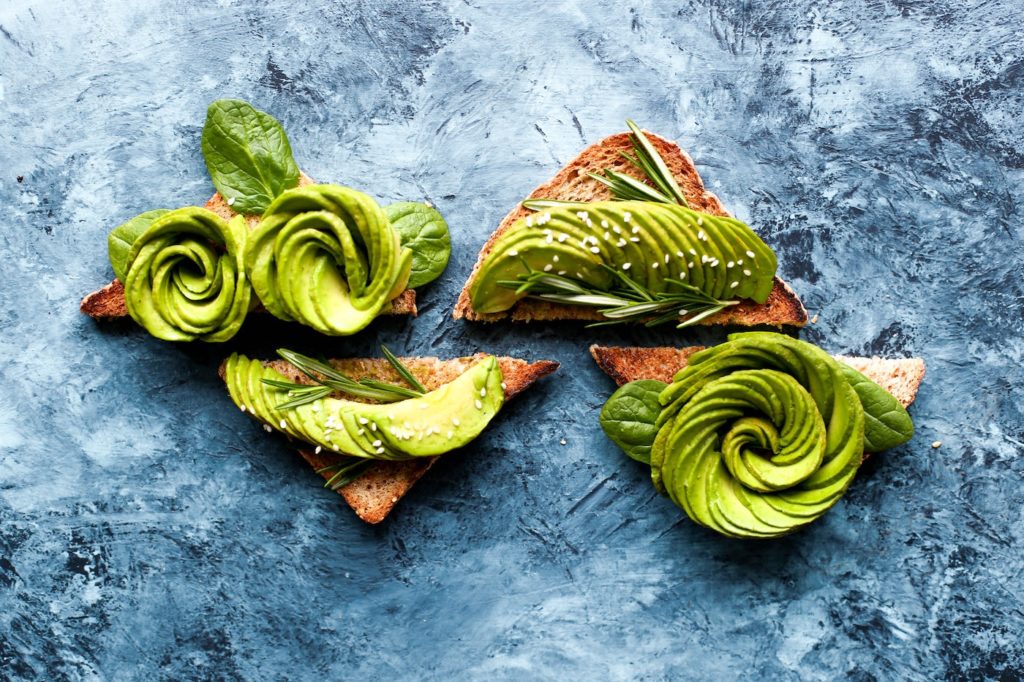
If you use social media platforms it can also be helpful to observe any food trends happening across the globe to guide you to a new idea for your next food subject. Avocado on toast, Zucchini Noodles, Smoothie Bowls, Bundt Cakes and Cronuts have all been hugely popular foods to photograph.
LIGHTING
In addition to exploring the best foods to photograph, lighting can also play a huge part in producing a great food photograph.
Natural light is particularly wonderful in food photography, it is great at showcasing colour, texture and usually has a pleasant feel.
If your situation is lacking in natural light then it might be helpful to explore artificial lighting. Perhaps using a softbox with daylight bulbs to mimic a window with natural light as an example.
A good light source that enables you to create dimension and contrast in your food, can usually transform your food photography in an instant.
COMPOSITION
Regardless of your chosen food subject, composition could greatly alter an image either positively or negatively. Taking angles and arrangement into consideration could lead to some great photographs of your food dishes.
Depending on your subject, there are a few popular angles you can try when it comes to photographing food that might enhance your composition.
The Overhead
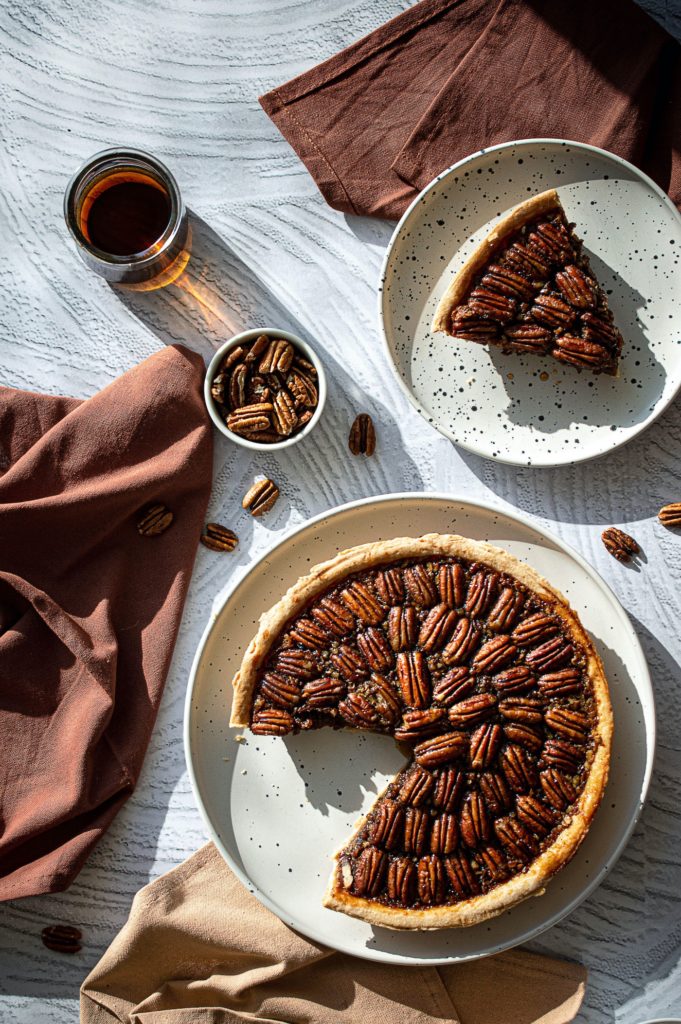
Positioning your camera directly above the food subject can allow for a focus on graphical patterns and symmetry.
The Straight On
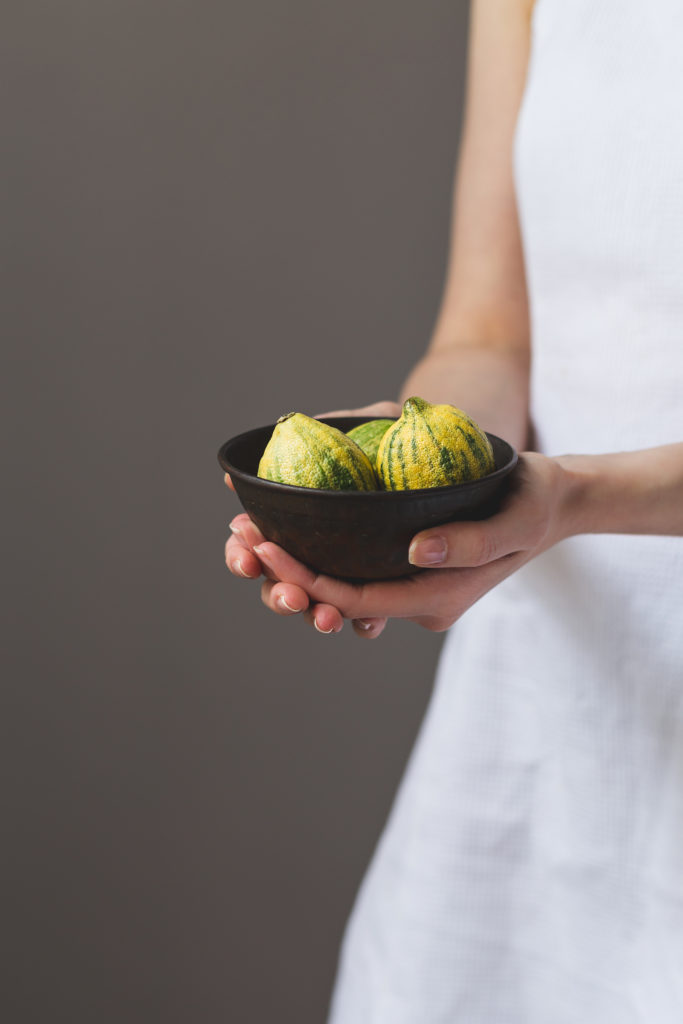
Positioning your camera straight on can enable an exploration of depth of field adding focus and interest to the image.
The 0-45 Degree angle
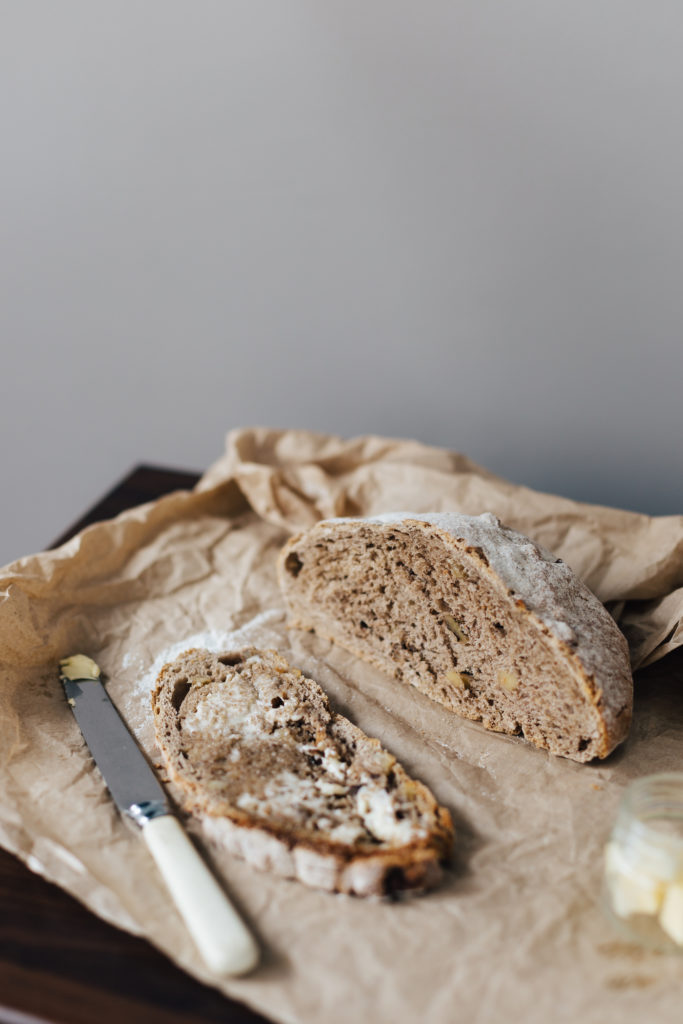
Positioning your camera anywhere between 0-45 degrees can imitate the natural way in which we view our food when we eat at a table.
The knowledge of props and food styling can also be explored when creating different compositions. Choosing colours and textures that complement each other can dramatically change the feel of a photograph, so perhaps take crockery, napkins and surfaces into consideration when composing your next photo.
PHOTOGRAPHY EQUIPMENT AND EDITING
Your current needs and aspirations will usually determine what photography equipment is necessary. Some people invest in DSLR’s and a range of lenses, others use their smartphones.
If you wish to capture food in its entirety (still life and motion shots) and feel you are restricted by your camera then you might want to look into using a DSLR for flexibility and to unlock a plethora of options.
Understanding the world of photo editing can be hugely beneficial to improve both knowledge and skills within the subject of food photography.
If you are pretty happy with the raw photograph you have taken, you might want to take things further and enhance your original image by going through an editing process. The editing process can be used to “enhance” elements of the photograph, but it can rarely be used to “fix” a snapshot photograph with fundamental issues such as incorrect focus points or incorrect exposure.
Apps such as Snapseed and VSCO or programs such as Adobe Photoshop and Adobe Lightroom can be used for things like correcting white balance, adding filters, removing any unwanted clutter or reducing ISO noise issues.
To conclude, when thinking of the best foods to photograph it is suffice to say that it isn’t always just about the food itself. A concoction of subtle details and intricate food knowledge is also present when showcasing the beauty and wonder of food through photography.
Fin.

